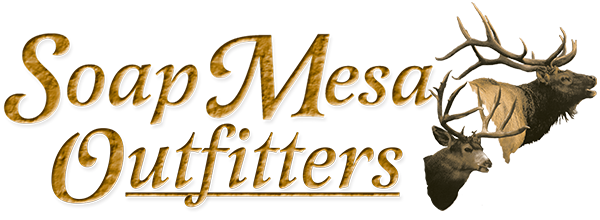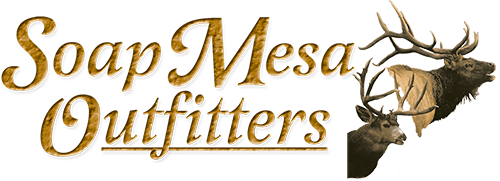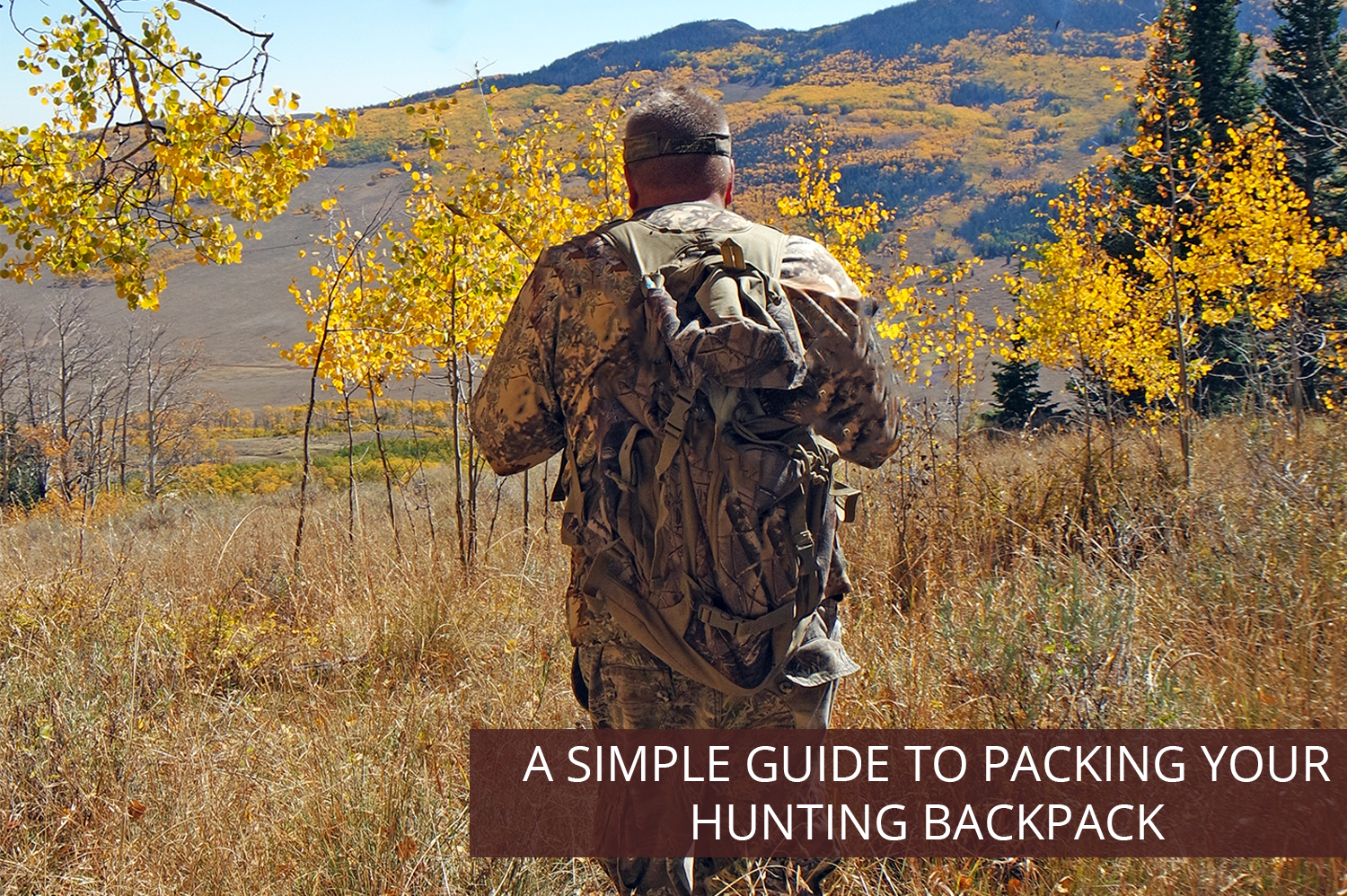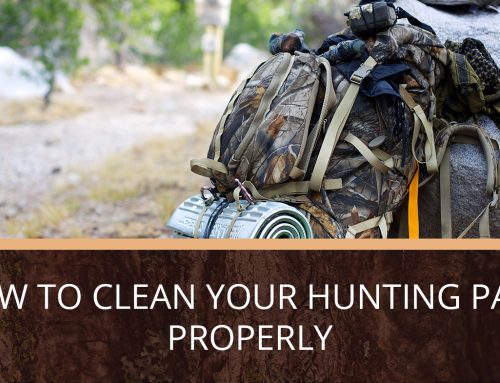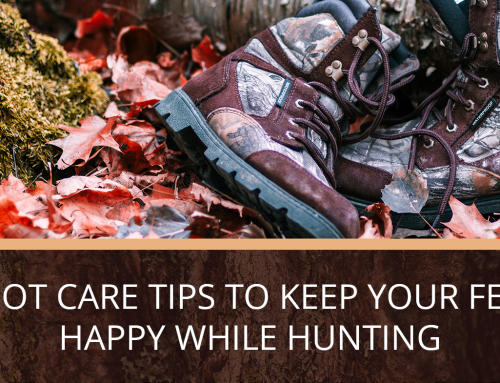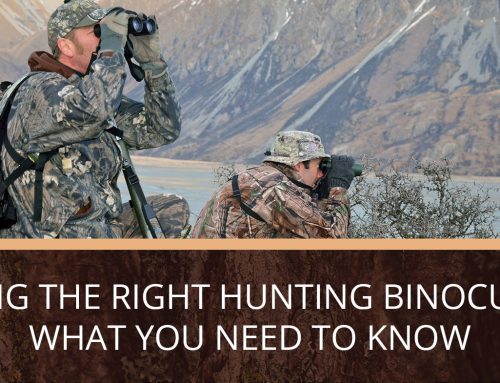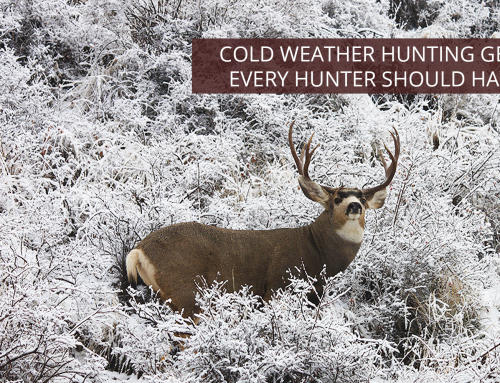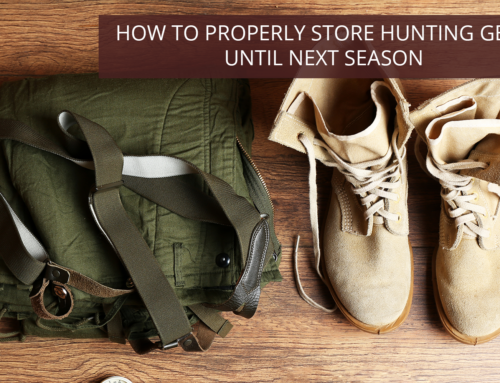When you’re hunting, how you pack your bag matters just as much as what you bring. Here’s a simple guide to packing your hunting backpack.
Why Packing Your Hunting Backpack Right is Important
Organizing your essentials so that you find what you need easily and quickly, without making noise, is important. Not to mention how crucial getting and keeping the balance of your backpack is. If your backpack is off to one side, you’ll have a fair chance of pulling a back muscle or damaging your knees. It’s good to know the basics of packing your hunting backpack so no matter where and when you’re hunting, you’ll always be prepared.
The Main Principles to Packing your Backpack
Regardless of the type and length of the hunt you’ll go on, here are the main principles of packing a hunting backpack:
Light, Cumbersome Items at the Bottom
Any unbreakable, lightweight, cumbersome items should sit at the bottom of your backpack. These are usually items you won’t need during the hunt, like a sleeping pad, sleeping bag, or extra clothing layers. This creates a kind of internal shock-absorption system for your back and pack while on your hunt.
Heavy Items at the Core of Your Pack
Place your heaviest items at the core of your pack and next to your back, like your water or game bags full of meat following a successful hunt. Packing your heavy items here helps create a stable center of gravity and directs the load downward instead of backward. Place your heavy items too low and your pack will sag; place too high and you might tip over.
Again, make sure you keep any heavy items balanced. Don’t load one side of the pack more than the other, especially when you’re hunting on rough terrain.
Frequently Used Items on Top
Anything you’re going to be needing frequently needs to be accessed easily and quietly. So binoculars, rain jacket, gloves, etc., need to be up top so when you need them at a moment’s notice, you won’t have to go digging through your backpacking trying to find them.
Soap Mesa Outfitter’s Simple Pack Checklist
At Soap Mesa Outfitters, our guided hunts include meals and cabin lodging, so packing sleeping bags, extra food, and cookware in your hunting backpack isn’t needed. That doesn’t mean you don’t need a backpack though. If you’re a new hunter and aren’t sure what to bring with you when you’re with us, use this list as some general guidance:
- Hunting binoculars
- Extra ammo
- Rain gear
- Warm extra layers
- Gloves
- Outdoor knife
- Game bags
- Snacks
- Baby wipes
- Game call
- Hunting license
Remember, don’t just throw all these items in and figure it out when you’re at the hunting location. Take the time the night before to make sure your hunting backpack is packed correctly and ready to go.
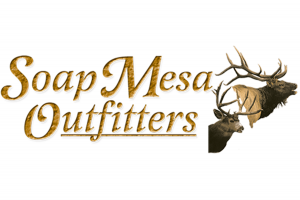
It’s never too early to plan your next hunt with us.
Let’s Get Hunting
We hope this guide helps you out for future hunts. It’s never too early to start planning for your next hunt, so if you’re looking to hunt elk and mule deer with professional guides in the mountains of Colorado, you’ve come to the right place. At Soap Mesa Outfitters, we provide the best guided hunts in Western Colorado and we’ll be happy to show you what you’ve been missing.
